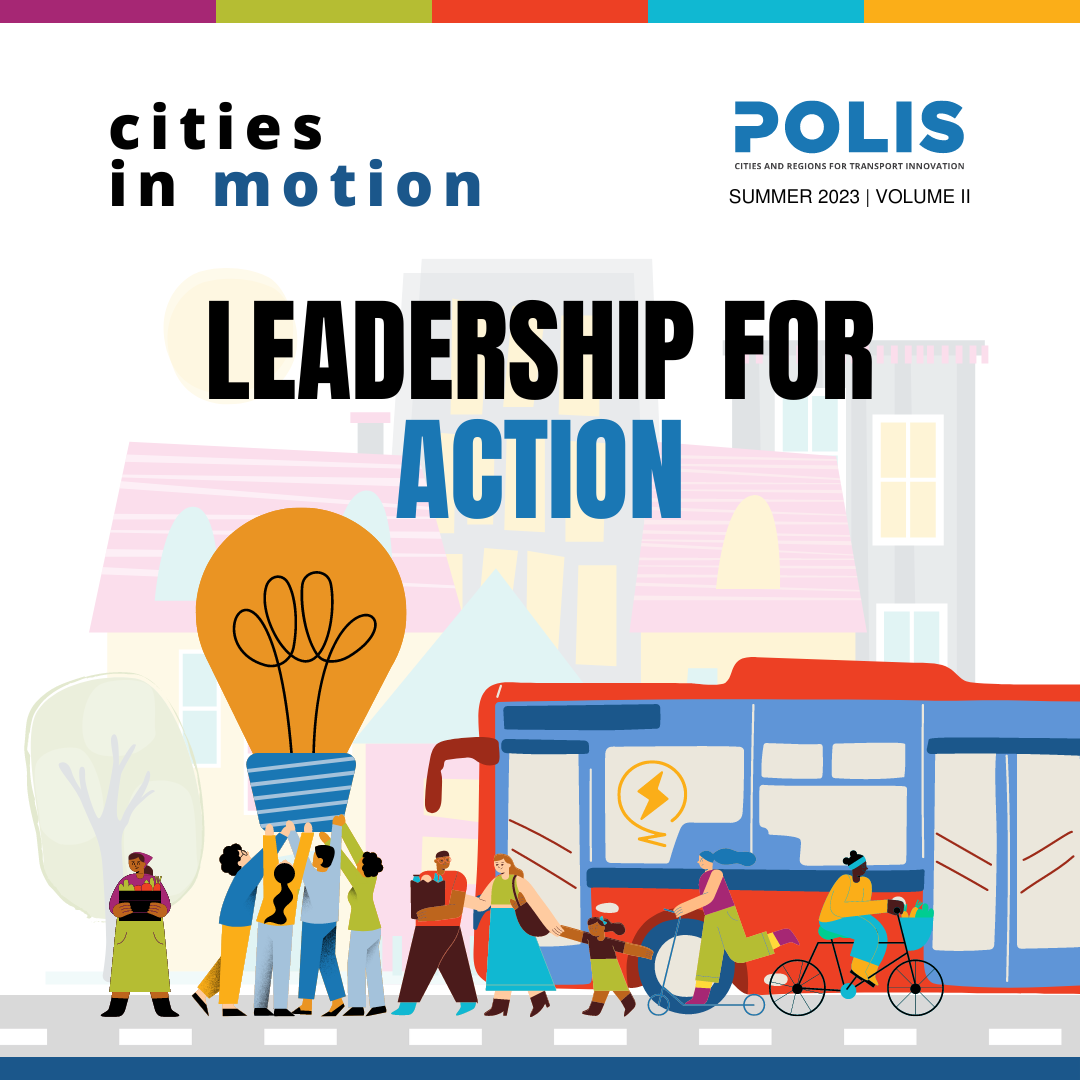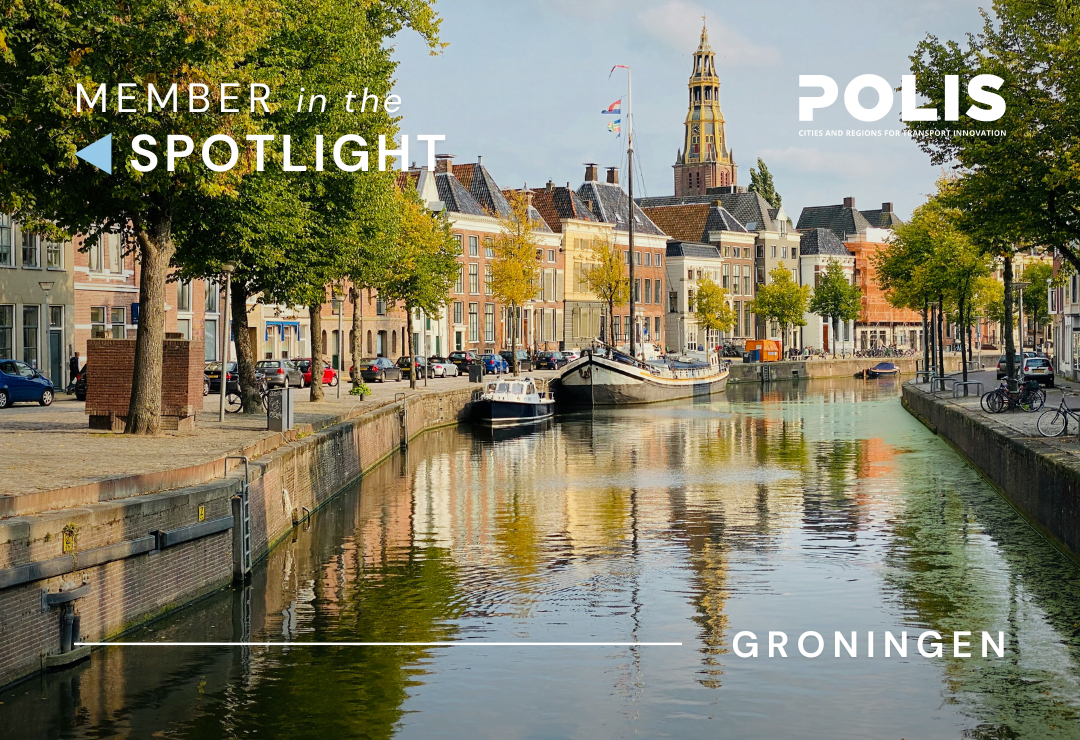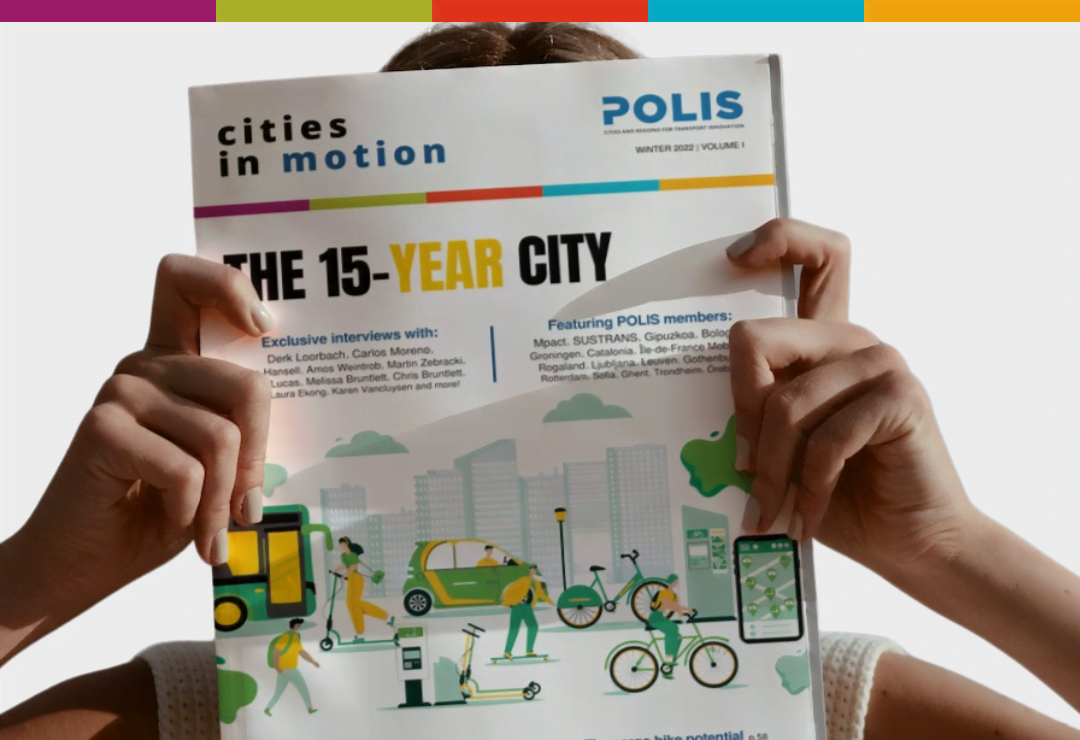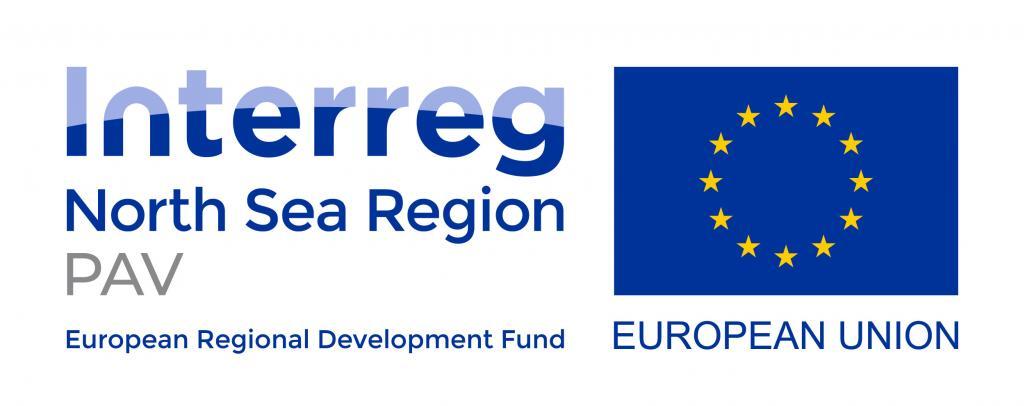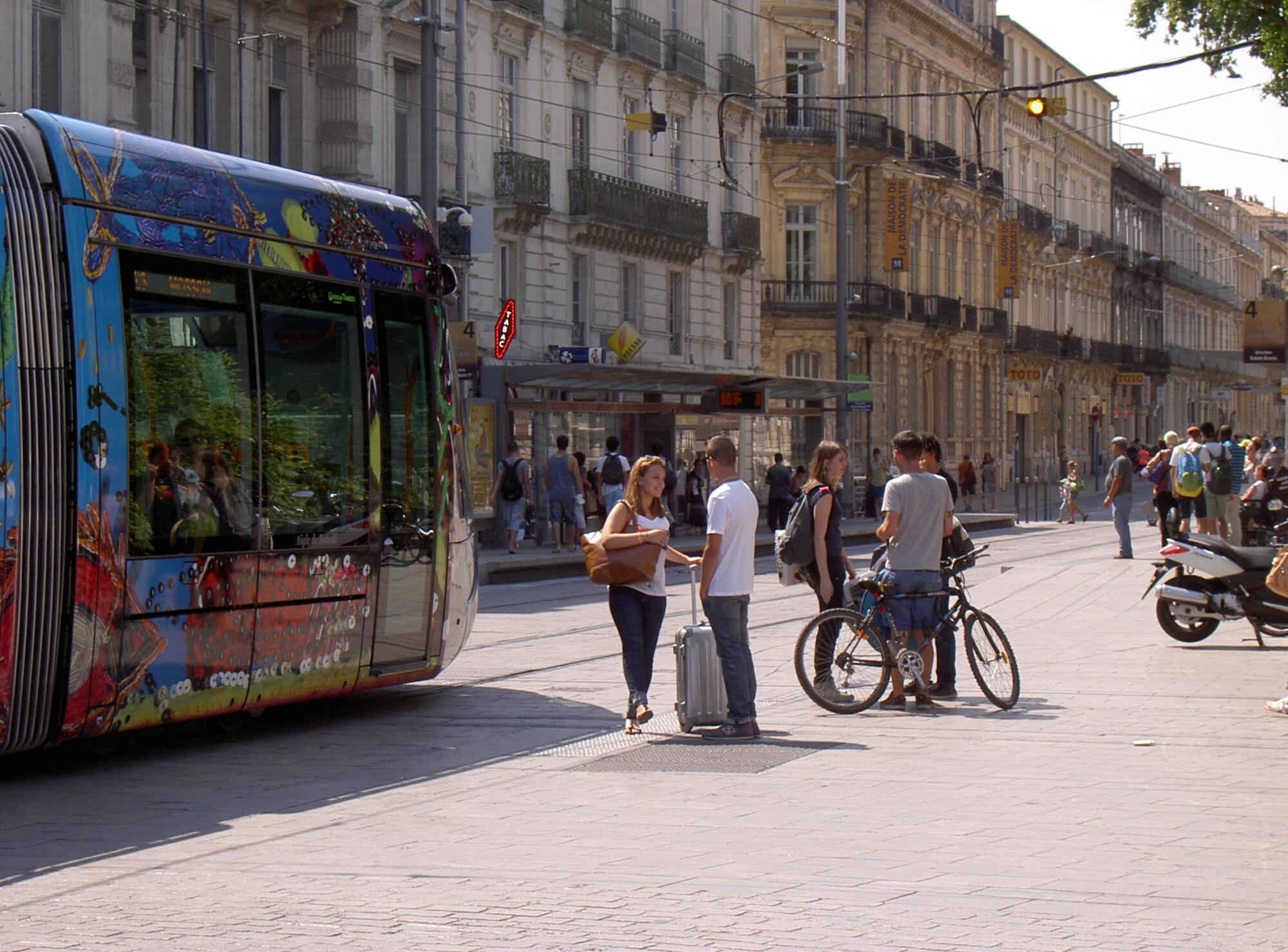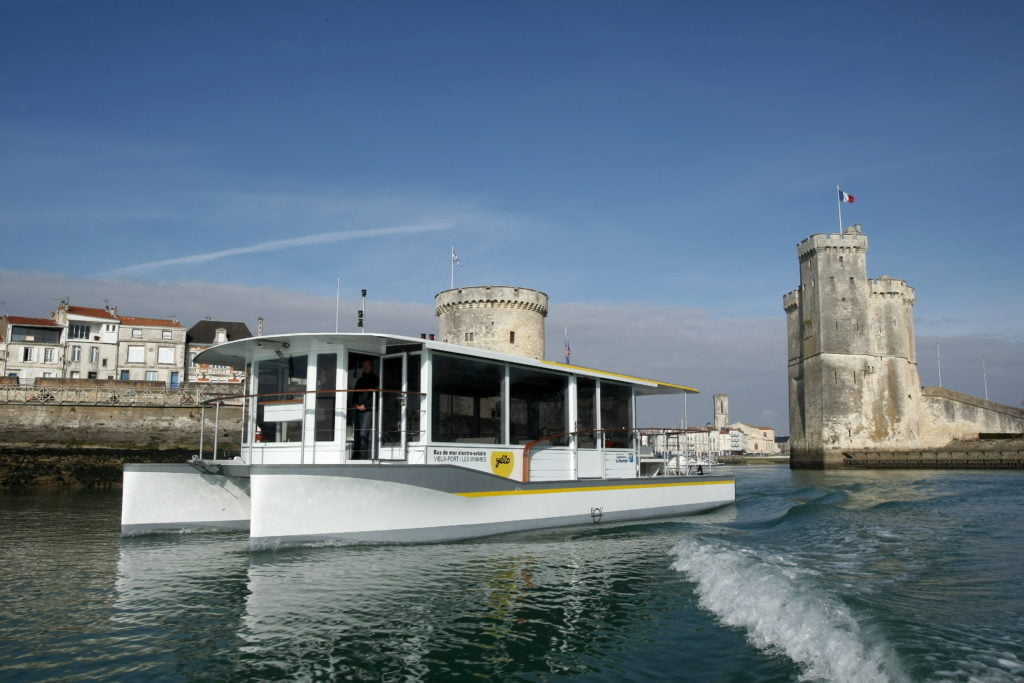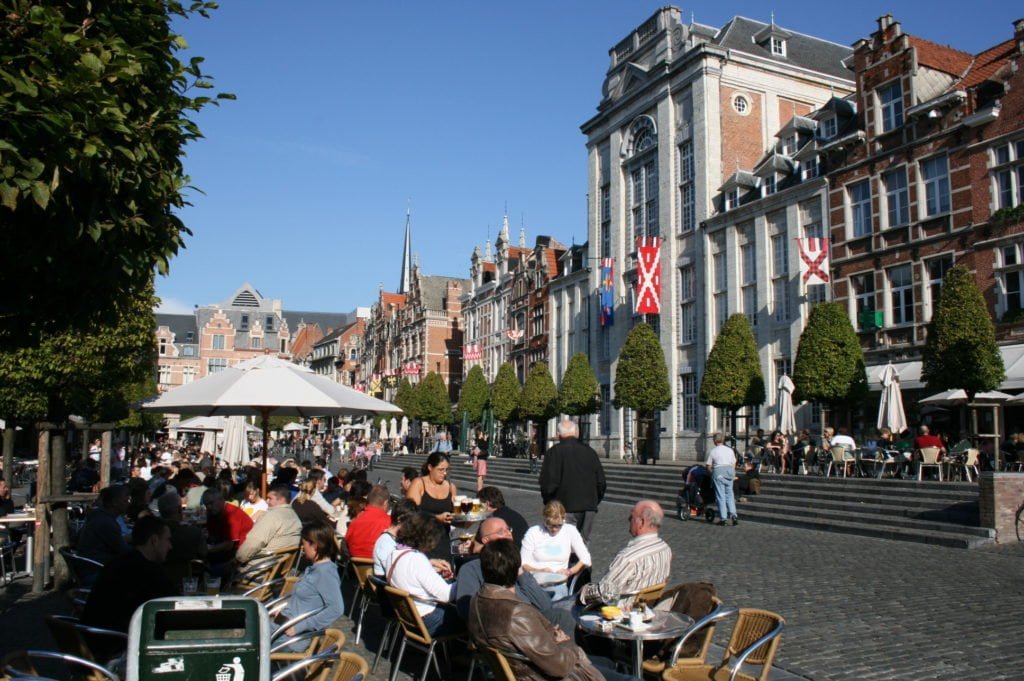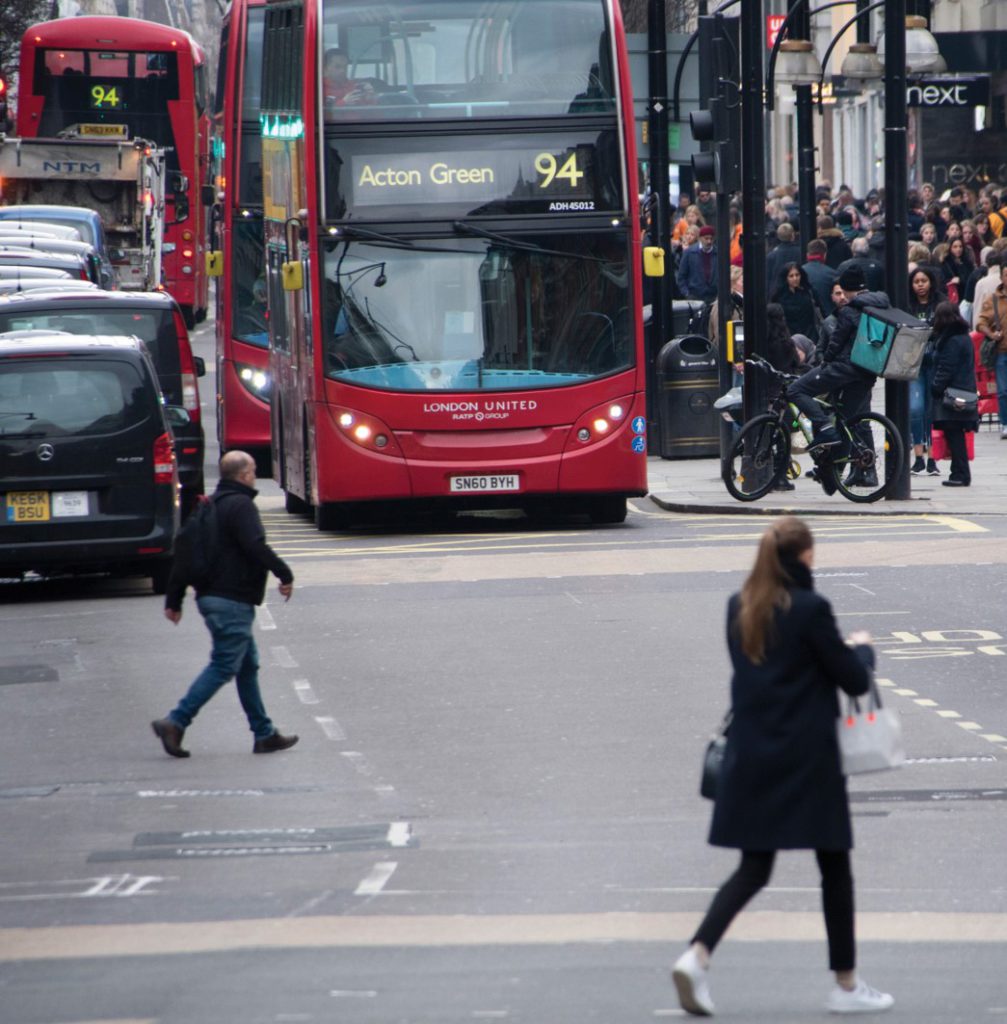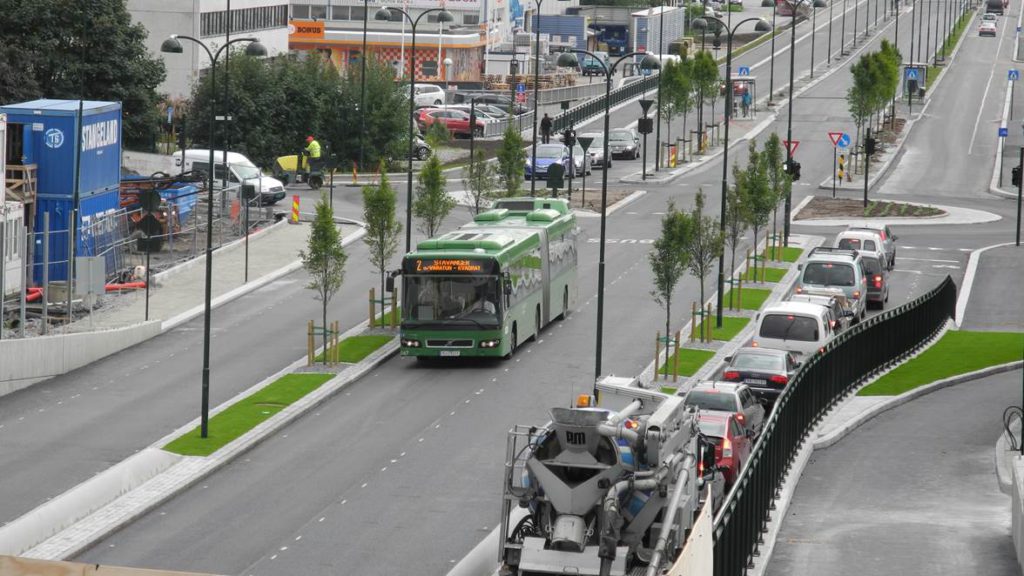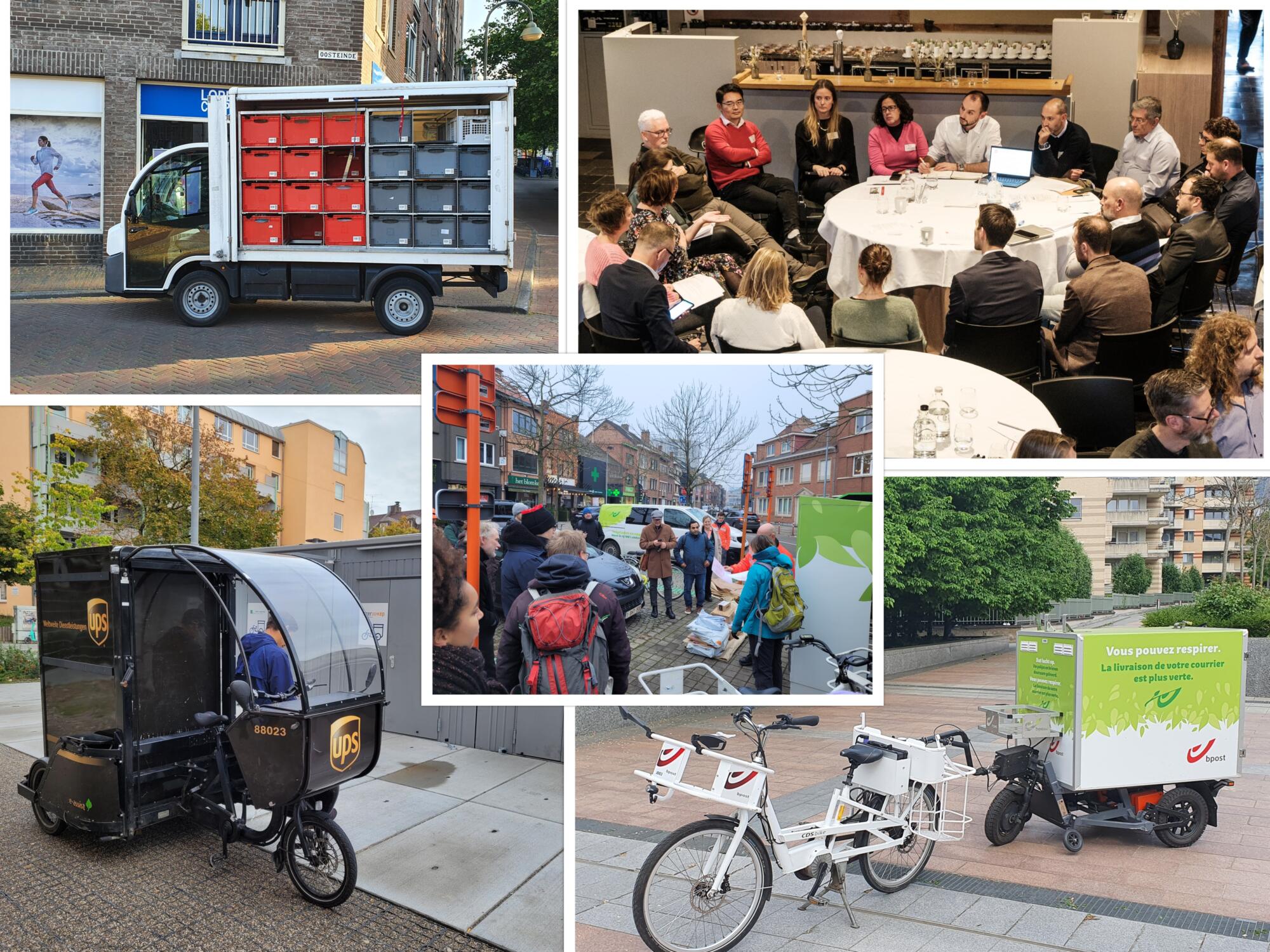Cities in motion - Volume II: 'Leadership for action'
The second volume of Cities in motion, titled 'Leadership for action', delves into the diverse aspects of leadership and the concrete actions taking place in the field of urban mobility.
A long road ahead
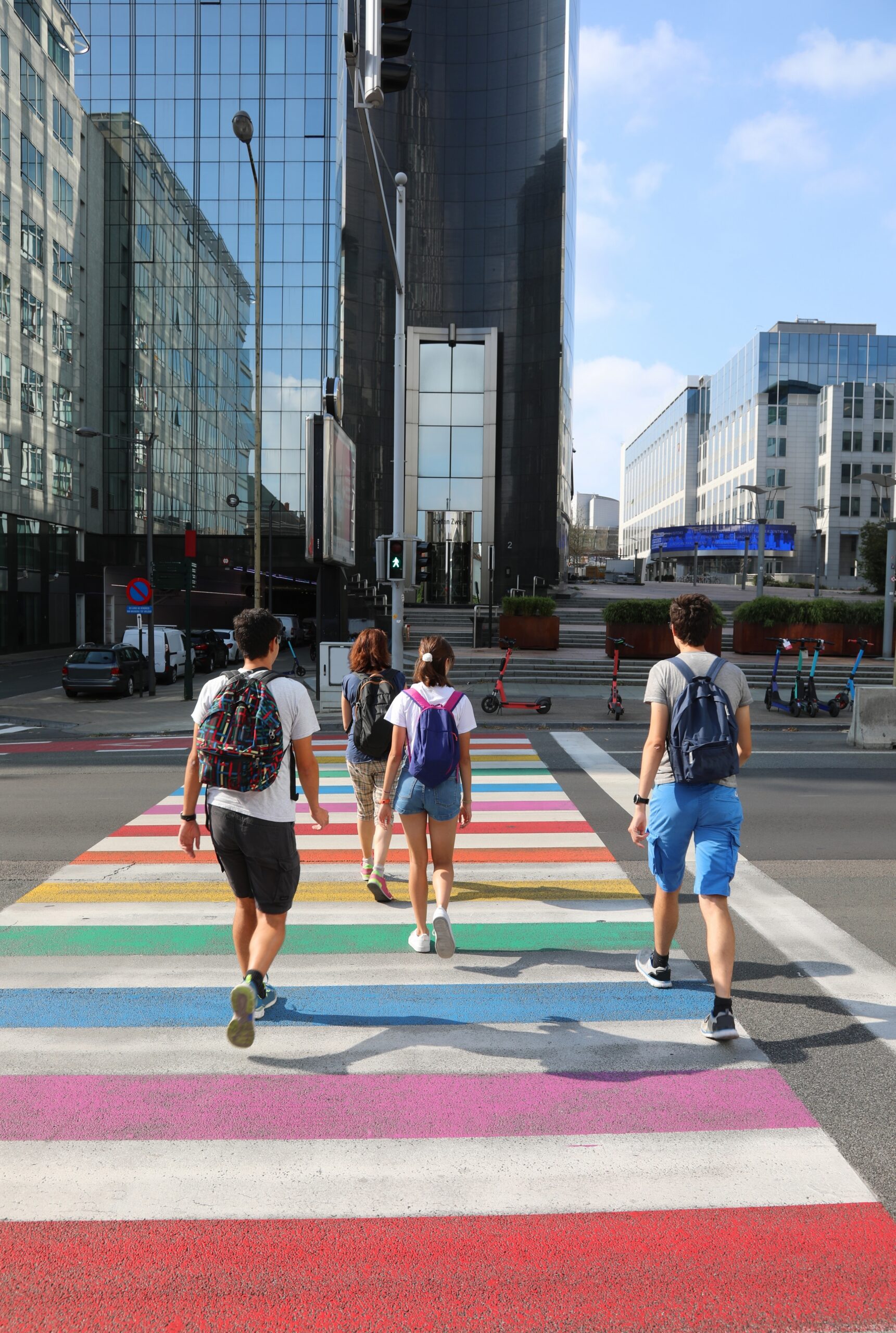
Pedestrians crossing a colourful zebra crossing
The challenges facing urban mobility in the years ahead are of unprecedented scale and significance. As we navigate an era defined by rapid urbanisation, the pressing issue of climate change, and the persistent rise of inequality, the imperative to address these challenges has never been more paramount. In fact, it is safe to say that these challenges represent not just the defining issues of this decade, but they also have the potential to shape the trajectory of urban development and sustainability for the entire century.
The path to conquering these challenges may be difficult, but it is a journey well worth undertaking. While national and international leaders hesitate, our cities and regions are leading the way, actively working towards a more sustainable and equitable future. The need for bold measures in reallocating street space, regulating urban vehicle access, enhancing public transit and shared mobility services, and developing alternative fuel infrastructure (among others) has never been more crucial.
But what does genuine leadership truly embody in action? Let's dive in!
Leadership for action
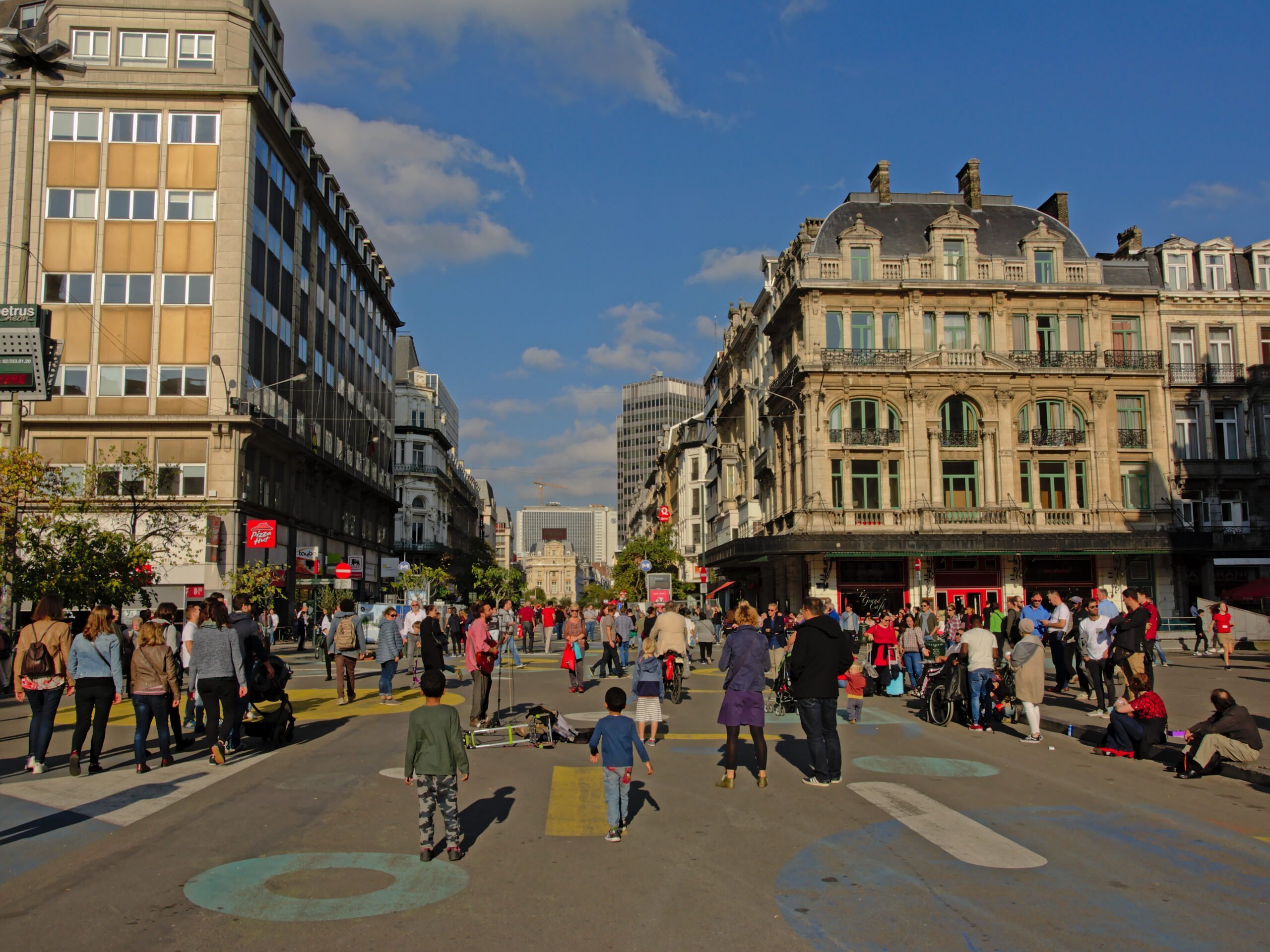
Citizens freely roaming and enjoying some city roads
In this second volume of Cities in motion, we reflect on what leadership is truly about by exploring tangible actions taking place on the ground. By spotlighting initiatives driving transformative change, this volume illustrates that sustainable urban mobility is a collective effort, emphasizing the significance of political leadership and collaboration in addressing the forthcoming challenges. This year, local decision-makers demonstrated their commitment to taking decisive action at the POLIS’ Leadership Summit in Stockholm. Furthermore, as the EU's Climate Neutral and Smart Cities Mission gains momentum, we shift our gaze to 2030 and explore the efforts of POLIS members selected for the Mission as they strive to achieve the climate neutrality target.
We hope that this new volume of Cities in motion will serve as a source of inspiration for cities, regions, and stakeholders alike, prompting them to not only rethink conventional mobility paradigms but also to start putting actively those innovative ideas into practice through collaboration. Together, through sharing wisdom and best practices, we can forge a path toward a more sustainable and equitable future for all.
Moving forward (together)
At POLIS, leading by example and progressing together have been integral to our agenda. The second edition of Cities in motion showcases the remarkable contributions of our members: from capital cities like London, Brussels, and Madrid, to smaller municipalities such as Leuven, Groningen, and Strovolos, and leading knowledge institutes such as Cerema, CERTH, and Open Mobility Foundation - among many others.
It also reviews current actions, combining city expertise, pilot input, project partners, and relevant policy positions, including the soon-to-be-published Micromobility and E-mobility x Vision Zero papers, the Dynamic Curbside Management report, and SuM4ALL's Gender balance toolkit.
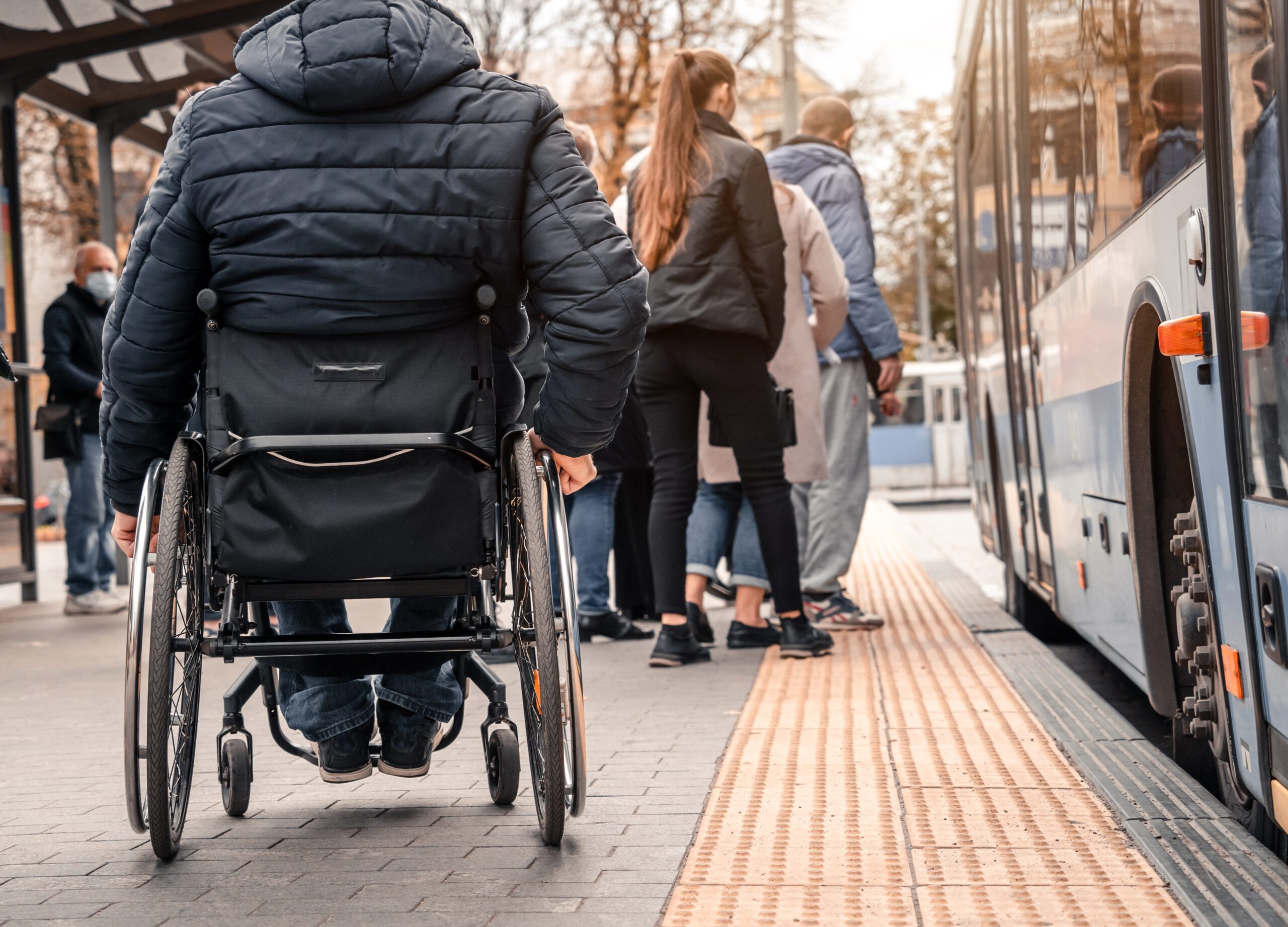
People in line to board a bus
In this second issue, we continue to emphasise the importance of inclusivity in urban mobility, an area to which POLIS has dedicated significant effort in recent years. In 2021, we introduced the Just Transition Agenda, placing affordability, safety, and inclusivity at the core of sustainable mobility policy. After all, moving forward requires not leaving anyone behind, and our articles reflect that by bringing attention to often underestimated yet essential aspects of inclusive mobility. Thus, we examine the relationship between mental health and travel, tackling the gender imbalance that exists within the transport sector, addressing existing weight bias in active mobility, and exploring what creating accessible futures truly entails.
'Leadership for action' also includes exclusive interviews with diverse mobility champions. With whom exactly, you wonder? Featuring road safety activist Giovanni Pintor, advocates and professors Francis Ray White and Rachel Aldred from the University of Westminster, and many more, this edition of Cities in motion offers something for every reader.
As we see across this issue of Cities in motion, universities, unions, foundations (and more) are a driving force behind progress, inspiring and bringing diverse stakeholders together. True leaders recognise that no city is an island, and that only by working with private partners, civil society, and citizens, they will be able to navigate political complexities, embrace innovation while making it policy-responsive, and create equity.
Karen Vancluysen, POLIS Secretary General
Read Cities in motion Volume II: 'Leadership for action', HERE.

Fly Me… to the Doom?

E-Transition, Women’s Revolution

(Do Not) Curb the Enthusiasm

Light Vehicles, Heavy Impacts

Weight Bias on Wheels
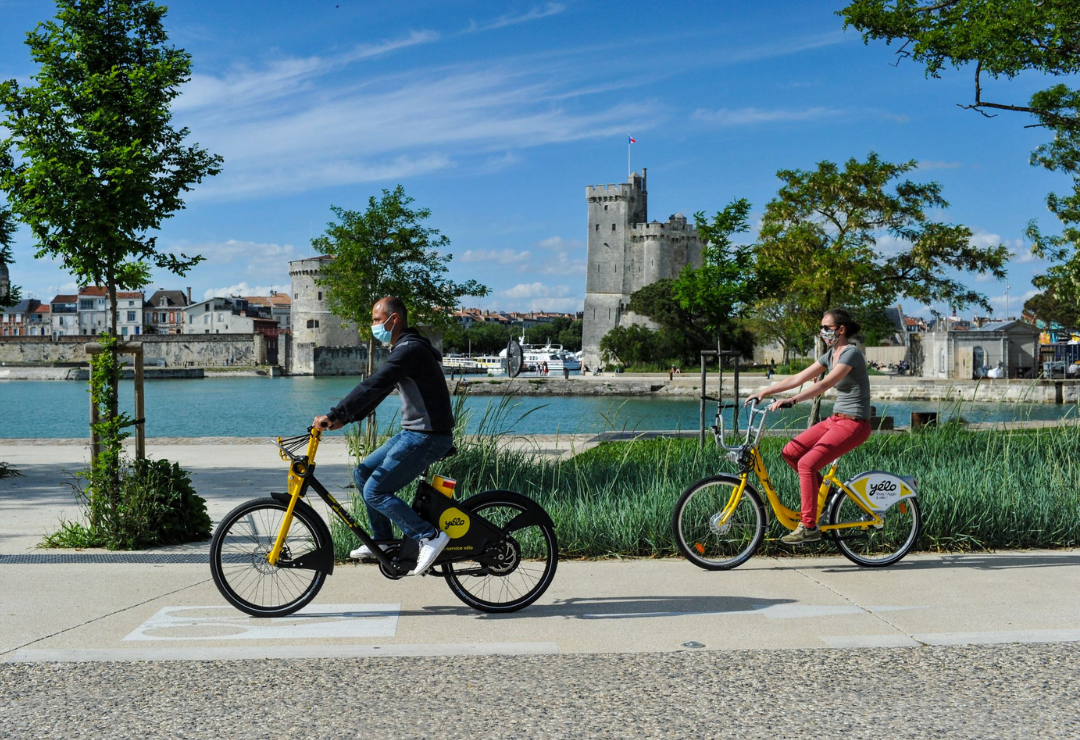
Ambition Pays Off

Strovolos Strides Out

A Balancing Act

A Toolkit for Change

Accessible Futures

A Public/Private Affair

Building Bridges, Greening Cities
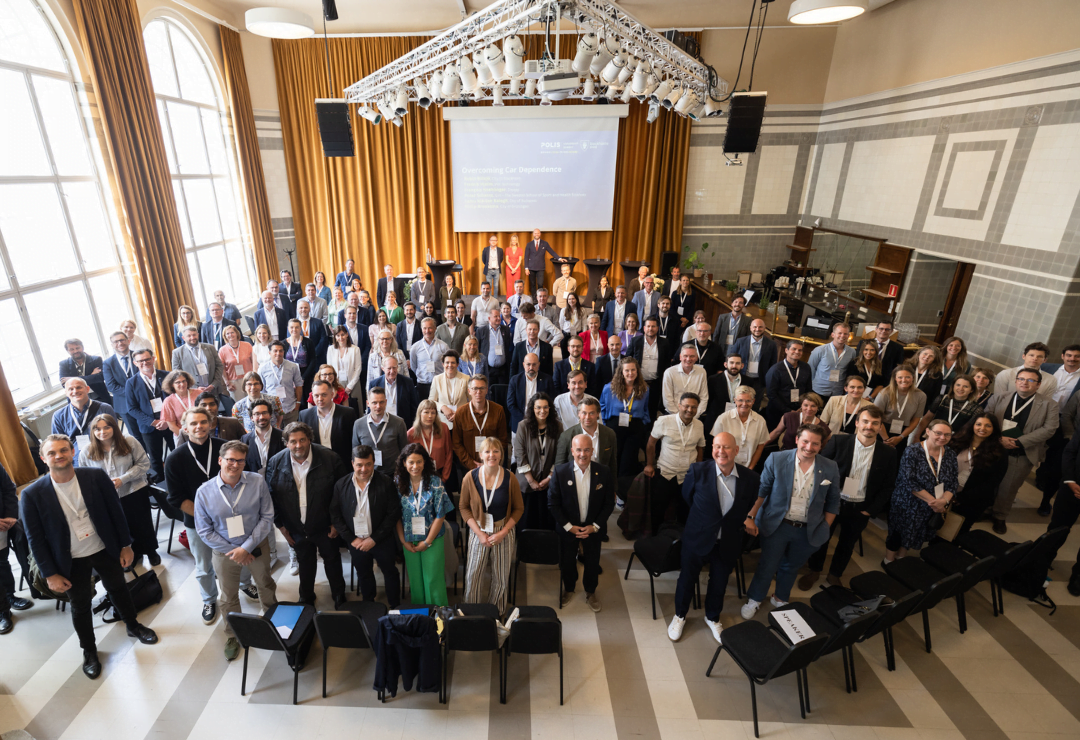
Leadership in Action, Now!

Thinking Big, Acting Bold

Take the LEAD

Uber Makes a Shift

The Other Side of Climate Neutrality

A Good, Green Deal

Tax: Fix the Clicks!

Advocacy Rules

Zero Carbon, Vision Zero

Beyond Data-Sharing
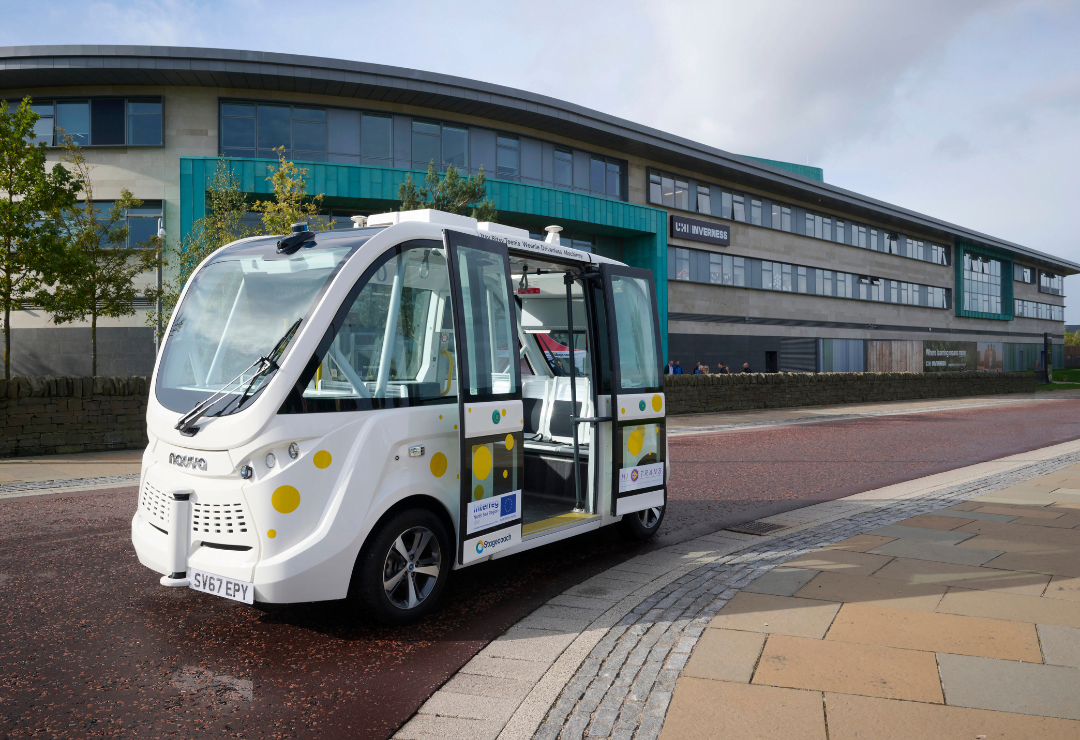
PAV…E the Way
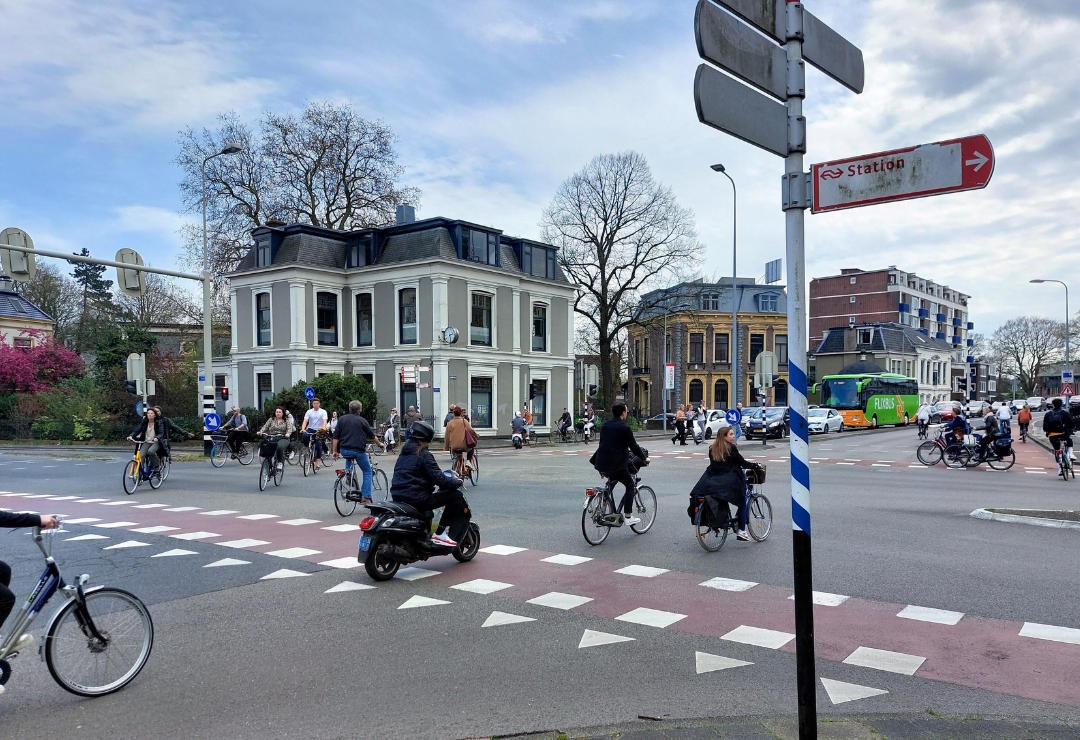
Managing a Multimodal Groningen

Digital Divide

Access Denied
